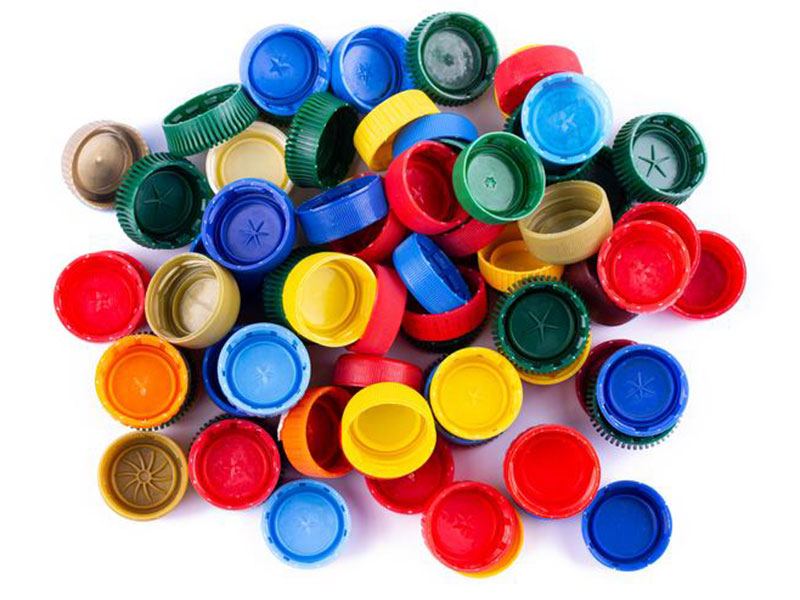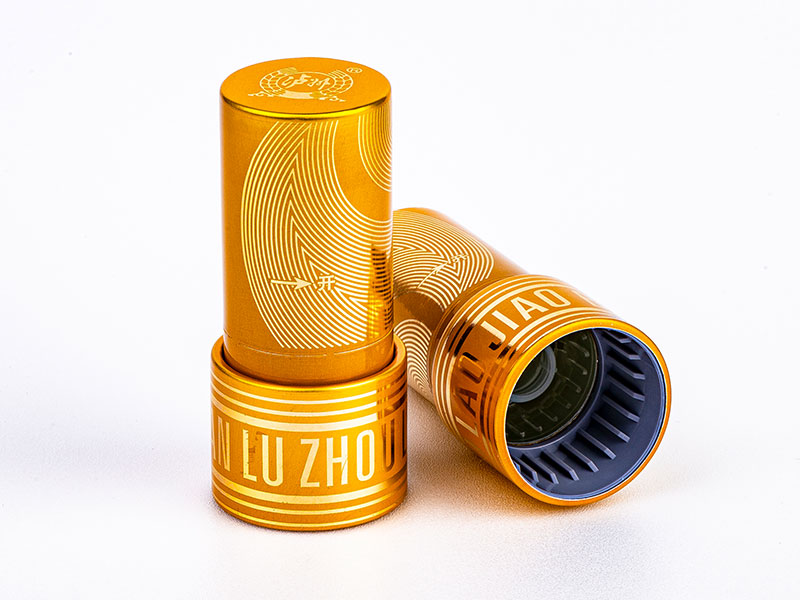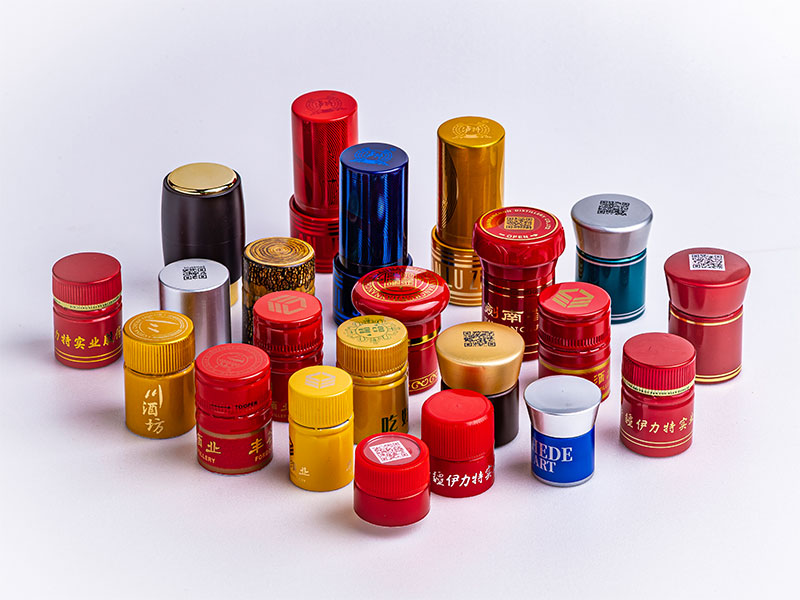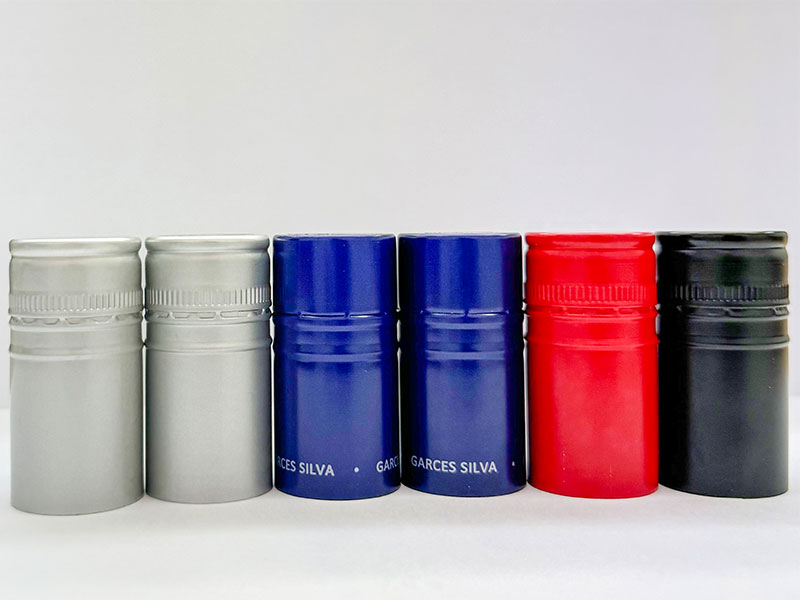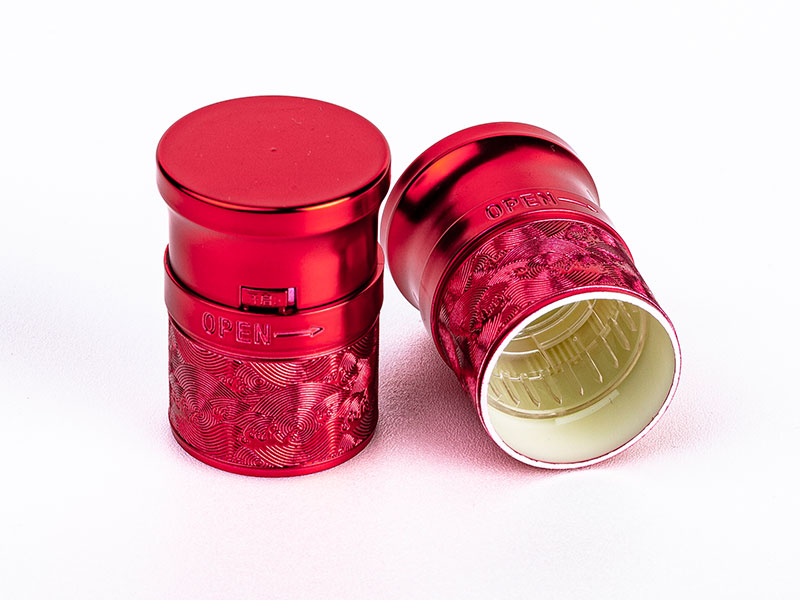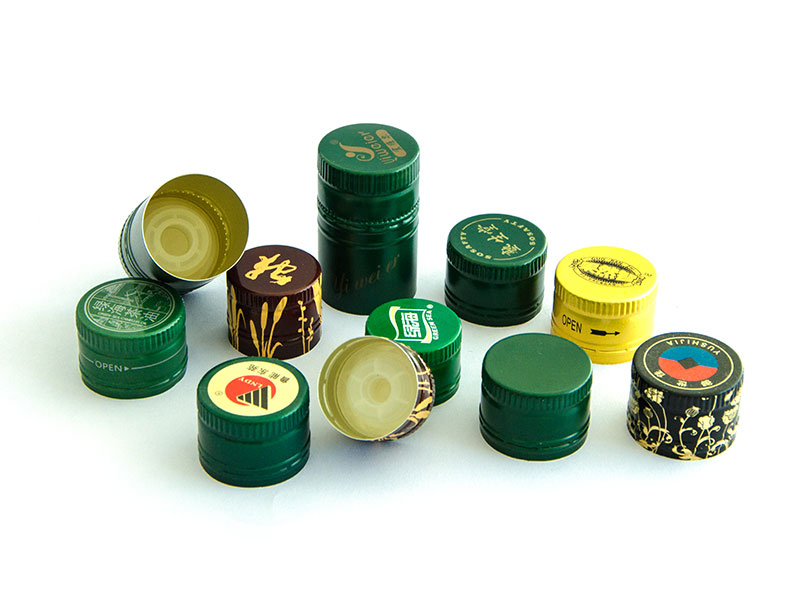Aluminum Soda Bottle Closures with Extra Tight Seal for Maximum Freshness
In the competitive world of beverage packaging, ensuring product freshness and safety is paramount. Aluminum soda bottle closures, especially those engineered with an extra tight seal, are redefining how producers maintain carbonation and freshness from production line to consumer. Beyond their simple appearance, these closures reflect a sophisticated balance of material science, precision engineering, and industry-standard implementation criteria—a combination that deserves closer inspection.
Why Choose Aluminum Bottle Closures for Soda?
Aluminum, known for its lightweight yet sturdy nature, is an excellent material choice for beverage closures. Specifically, for carbonated soda bottles, the closure must withstand internal pressure while preventing leaks and contamination. Aluminum’s resistance to corrosion and its compatibility for re-sealing make it a favored option over plastics or composites.
However, not all aluminum caps are created equal. Achieving an extra tight seal ensures:
- Preservation of carbonation
- Prolonged product freshness
- Prevention of external contaminants
- Reduction in tampering risk
the Seal Mechanism: Extra Tight Closure Technology
The sealing tightness is determined primarily by the closure design and the internal liner composition but equally hinges on the closure’s dimensional accuracy and alloy properties.
Dimensional Precision – The closure thread and gripping diameter must align with bottle neck standards precisely, typically governed by the BS EN 16786 standard or similar that specify dimensions for aluminum bottle closures.
Liner Material and Placement – Inside the aluminum closure lies a sealing liner often composed of materials such as polyethylene foam or composite laminated films bonded with pressure-sensitive adhesives. This liner compresses under torque during capping, conforming exactly to the bottle lip contours, ensuring no leakage.
Torque Specification – Extra tight seal requires defined torque limits during application, commonly evaluated with industrial capping machines to ensure an optimum seal strength without impairing the bottle’s integrity.
Alloy Tempering and Metallurgy: Ensuring Performance and Safety
Aluminum closures used in beverage applications mostly derive from aluminum alloys subjected to specific tempering to balance strength, malleability, and corrosion resistance. A predominant alloy series is 3000 or 5000, with temper designations often in H18 or H21, indicating:
- H18: Full hard cold working, offering excellent strength and form retention
- H21: Slightly less hard; better for closure forming with enhanced flexibility
This tempering facilitates the manufacturing of thinner yet stronger caps capable of spring-back when opened but resilient enough to maintain that crucial tight seal.
Technical Parameters and Implementation Conditions
| Parameter | Specification | Remarks |
|---|---|---|
| Alloy | Aluminum 3104-H18 or 5052-H21 | Designed for strength + corrosion resistance |
| Diameter Range | 28mm to 33mm typical for soda bottles | Adjusted per bottle thread standard |
| Closure Thickness | 0.20 - 0.35 mm | Weight optimized for sealing integrity |
| Torque Range | 4.0 - 6.0 Nm | Determined per application and liner type |
| Temperature Range | -20°C to 60°C during storage | Maintains seal integrity across temp range |
| Liner Material | PE foam / composite layers | Chemically inert to beverage |
| Dimensional Tolerances | ±0.05mm for thread, ±0.02mm for skirt height | To ensure precise fit |
Chemical Properties Breakdown of Aluminum Alloy (Example - 3104)
| Element | Typical % Content | Impact on Closure Properties |
|---|---|---|
| Aluminum | ~96.8% | Lightweight and corrosion-resistant base |
| Manganese (Mn) | 1.0 - 1.5% | Adds strength + corrosion prevention |
| Magnesium (Mg) | 0.2 - 0.7% | Enhances malleability and toughness |
| Iron (Fe) | 0.7% (max) | Controlled to minimize brittleness |
| Silicon (Si) | 0.3 - 0.7% | Improves casting and forming properties |
| Copper (Cu) | 0.10 - 0.50% | Contributes to strength (~low to keep corrosion limited) |
Why Implementation Standards Matter
Manufacturing these closures requires strict compliance with packaging standards such as:
- FDA CFR Title 21 for food-safe materials
- ISO 9001 for quality management in manufacturing process
- ASTM B209 for aluminum sheet and plate material standards
This ensures consistent production tolerances and traceable material handling that prohibit failures in both seal quality and consumer health requirements.
Practical Takeaways: Using Aluminum Closures for Enhanced Freshness
- Consumers benefit from preservatives-free freshness due to robust sealing keeping carbonation locked in.
- Producers reduce possibly costly returns and quality degradations, increasing shelf life without additional additives.
- Environmental consideration is key: Aluminum closures suit recycling streams and post-consumer bottle systems resetting circular packaging aims.



